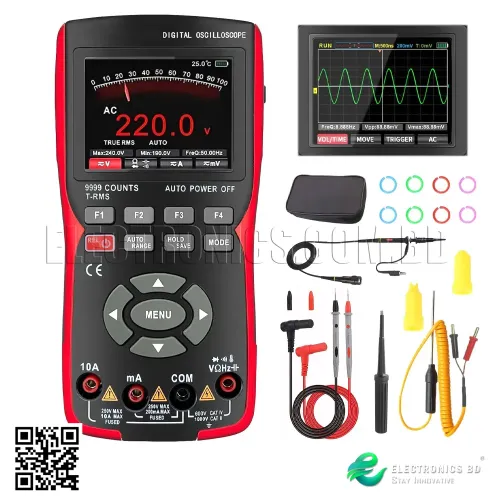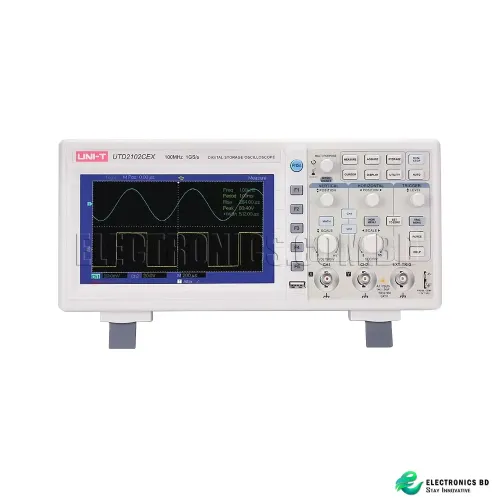Biometric Voting System Project
- 3D printers & CNC
- Accessories
- Active Components
- All Departments
- CNC Accessories
- Electrical Accessories & IOT
- Latest
- Oscilloscope
- Passive Components
- Projects
- SMD Components
- Socket, Port & Jacks
- Sound Systems
- Drones & RC Hobby
- Sale
Your shopping cart is empty!
3.5 Inch 480x320 TFT LCD Display Module ILI9486 LCD screen For Arduino Uno
10k Ohm 0.50W 1% carbon Film Resistor - 5 PCS
Micro SD Card Adapter v1.1 Module for Arduino - Blue
25W 5VDC 5A single group switching power supply SMPS AC 220V to DC 5V
1 meter Electric Cable Wire Dual Line Red Black Wiring Cable 23/076
Product Description
Biometric Voting System Using Arduino
In an age where technology continuously evolves, the way we conduct elections must also adapt to enhance security, transparency, and efficiency. The Biometric Voting System project combines the power of Arduino with biometric technology to create a secure and user-friendly voting process. In this blog, we will explore the components, functionality, and potential benefits of this innovative system.
Project Overview
The Biometric Voting System utilizes an Arduino Uno R3 as its central processing unit, paired with a fingerprint sensor, a 3.5-inch TFT LCD display, and a push button for user interaction. This system is designed to securely register voters' fingerprints and allow them to cast their votes without the risk of fraud, ensuring that each vote is counted accurately.
Components Used
Arduino Uno R3
- The heart of our voting system, the Arduino Uno R3, will handle data processing and control the various components. It’s user-friendly and widely supported, making it an ideal choice for prototyping.
Fingerprint Sensor JM-101
- This optical fingerprint sensor captures and verifies fingerprints. When a voter places their finger on the sensor, the system will match it against a pre-registered database to confirm their identity.
3.5-Inch 480x320 TFT LCD Display (ILI9486)
- This vibrant display will present essential information to users, including voting options and confirmation messages. Its clarity and size will make the interface intuitive and easy to navigate.
4 Pin Push Switch
- The push button will allow users to confirm their selections and navigate through the voting process. It adds a tactile element to the system, ensuring that voters can interact with it seamlessly.
10k Ohm Resistors
- These resistors will stabilize the push button connections, ensuring reliable input detection while minimizing noise in the circuit.
5V Buzzer
- The buzzer will provide audio feedback during the voting process, signaling successful actions such as successful fingerprint recognition or voting confirmation.
Micro SD Card Adapter Module
- This module enables the system to store and retrieve voter data, vote counts, and logs on a micro SD card, making data management efficient and organized.
25W 5VDC 5A Power Supply
- This power supply will provide stable voltage to the entire system, ensuring that all components operate smoothly without interruptions.
Electric Cable Wire
- The dual-line wiring will facilitate easy connections between components, ensuring a clean and organized setup.
How the Biometric Voting System Works
Voter Registration
- Before the voting process begins, eligible voters’ fingerprints will be registered in the system. This data will be securely stored on the micro SD card, creating a reliable database for verification.
Voting Process
- When a voter arrives to cast their vote, they will place their finger on the fingerprint sensor. The system will check their fingerprint against the stored data to confirm their identity. If recognized, the LCD display will show the available voting options.
Making a Selection
- The voter can use the push button to navigate through options and select their choice. Once the selection is made, the voter can confirm their vote by pressing the button again.
Feedback Mechanism
- Upon successful voting, the system will provide audio feedback via the buzzer and display a confirmation message on the screen, assuring the voter that their vote has been recorded.
Data Management
- All voting data will be saved on the micro SD card, allowing for easy access and management of vote counts. This ensures transparency and aids in the quick tallying of results.
Advantages of the Biometric Voting System
Enhanced Security
- By using biometric identification, the system drastically reduces the risk of voter fraud and ensures that only registered individuals can vote.
User-Friendly Interface
- The combination of the LCD display and push button allows for a straightforward voting experience, making it accessible even for those less familiar with technology.
Efficient Data Management
- Storing data on a micro SD card facilitates easy tracking and retrieval of voter information, making it simpler to audit and verify results.
Quick Results
- The automation of the voting process enables faster counting and reporting of results, improving the overall efficiency of elections.
Cost-Effective
- Utilizing affordable components such as Arduino and readily available sensors makes this system economically viable for various applications.
Future Improvements and Applications
The Biometric Voting System can be expanded and enhanced in various ways:
Online Voting Integration: By incorporating internet connectivity, the system could potentially allow for remote voting, making participation easier for those unable to vote in person.
Multiple Biometric Inputs: Additional biometric features, such as facial recognition or iris scanning, could be integrated to further bolster security.
Data Encryption: Implementing encryption protocols for data storage and transmission would enhance the privacy and integrity of voter information.
Mobile App Integration: A companion app could provide voters with information on upcoming elections, polling locations, and a preview of the voting options.
Conclusion
The Biometric Voting System represents a significant step towards modernizing the voting process. By leveraging Arduino technology and biometric security, this project addresses common challenges associated with traditional voting methods. As we continue to explore and implement innovative solutions, this system could pave the way for more secure, efficient, and accessible elections in the future.









